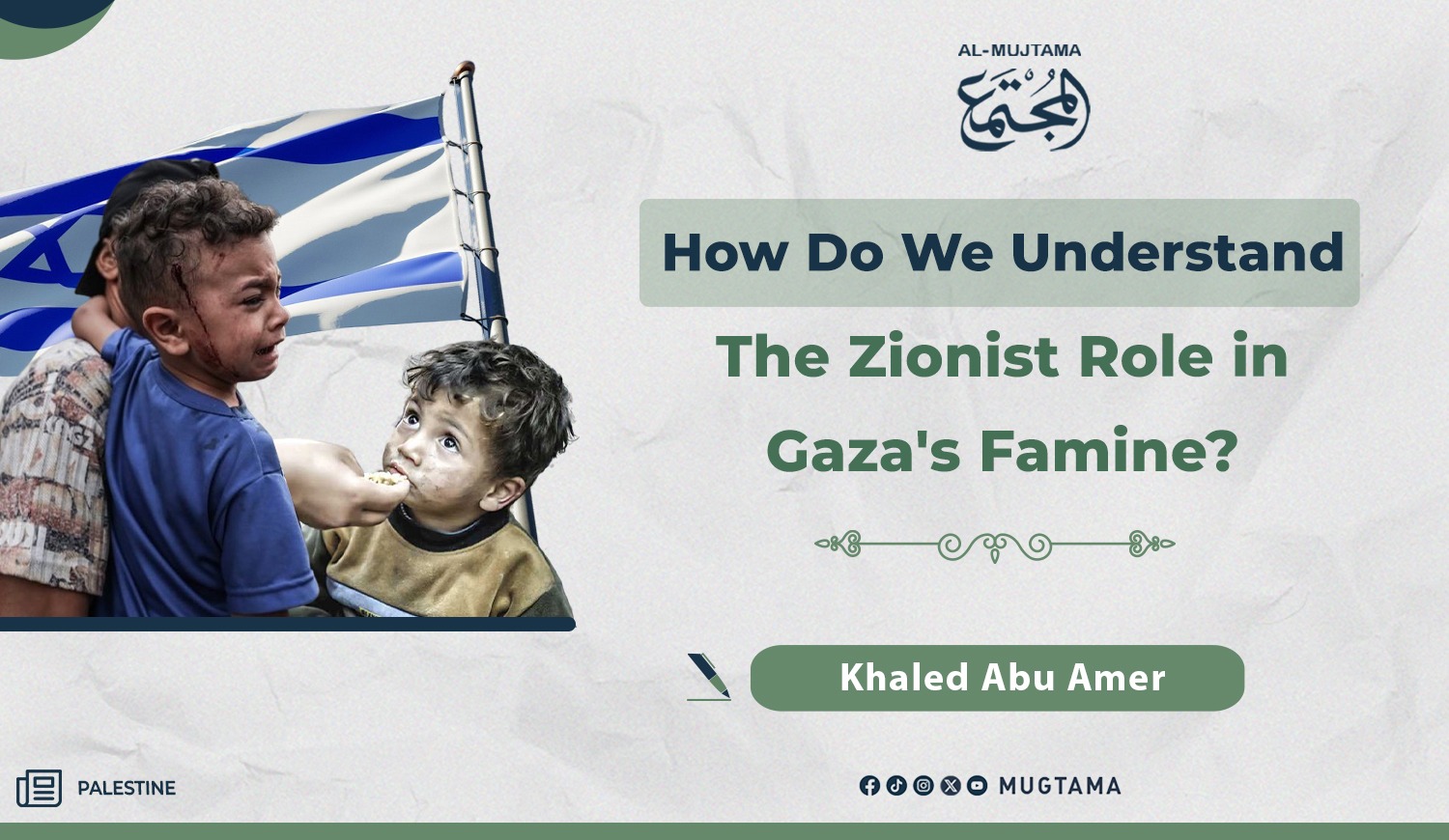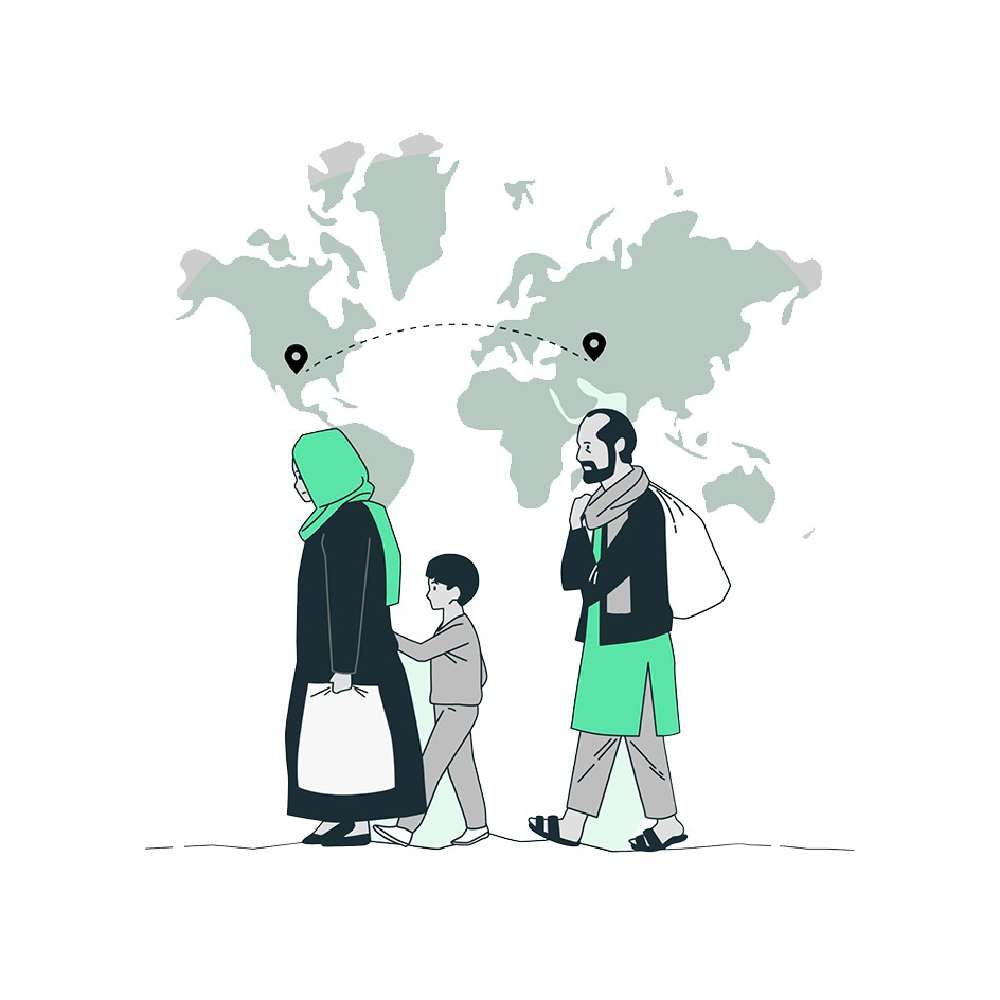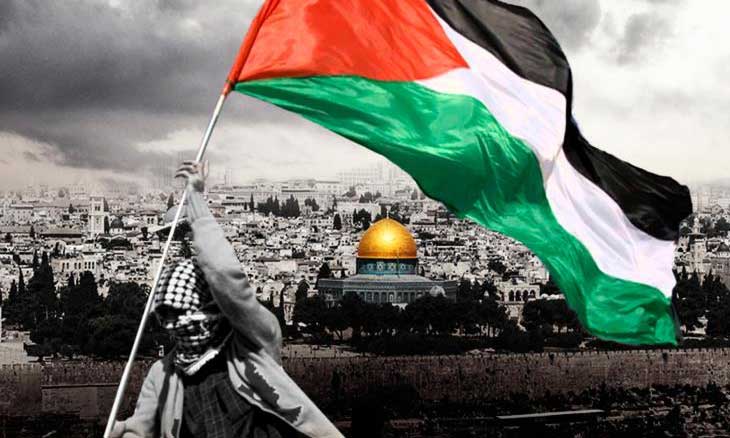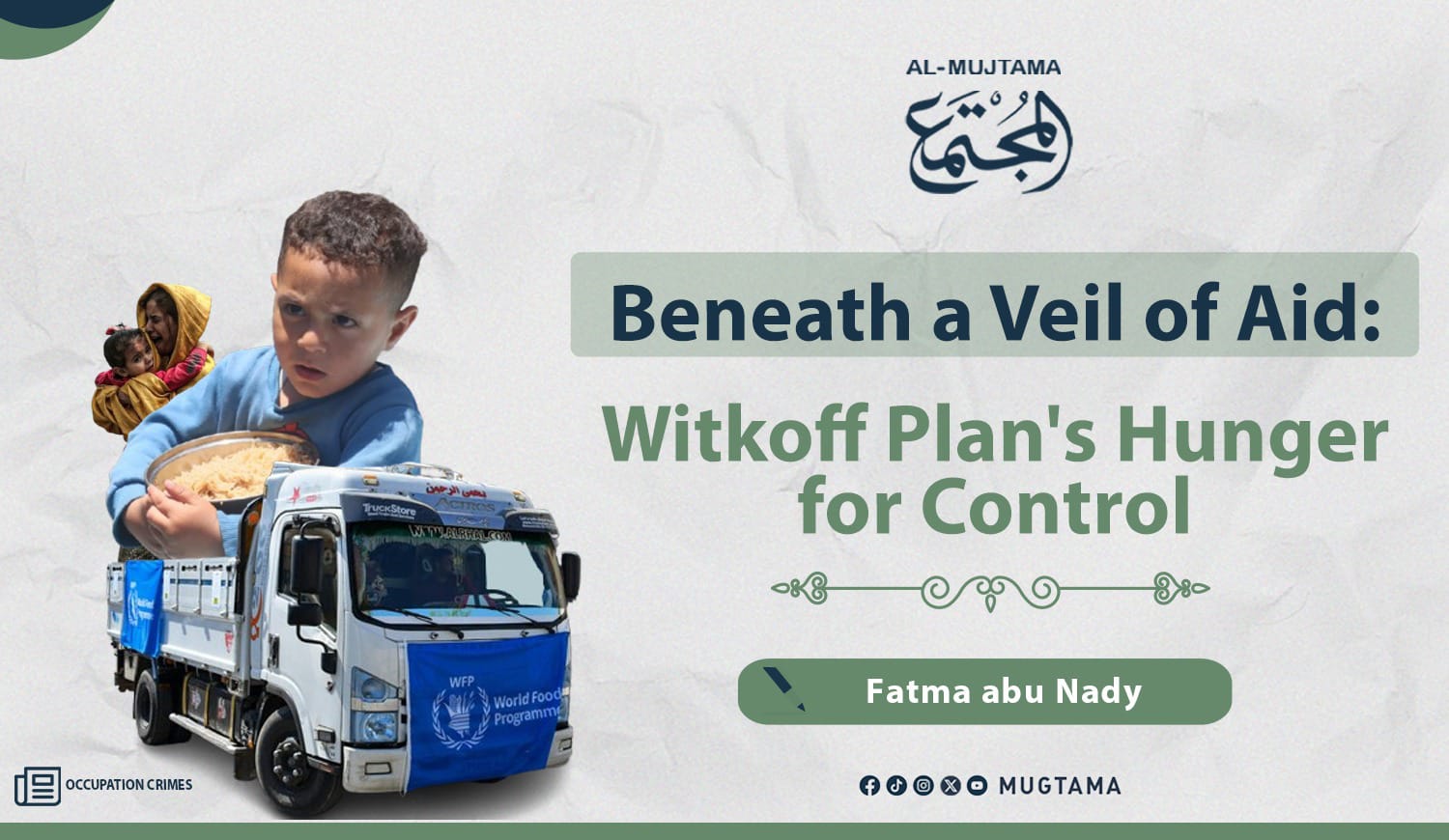Gaza is Starving
How Do We Understand the Zionist Role in Gaza's Famine?

Since March 2, the occupation government has imposed a severe siege on the Gaza Strip, closing all its crossings. This has negatively impacted food security in the Strip, with over 90% of food items running out. What little food remains has seen its prices increase more than tenfold compared to before the "Israeli" closure.
The current "Israeli" closure of the Gaza Strip's crossings is the longest period of closure the Strip has experienced since October 7, 2023. For nearly three months of this severe blockade, the occupation state has prevented the passage of any humanitarian or relief supplies into the Strip. As a result, Gaza has officially entered the most dangerous stages of famine, with alarming rates of children dying from starvation. Meanwhile, malnutrition threatens the lives of over 60,000 children under the age of five, who are now suffering from alarming levels of dehydration caused by a lack of food and contaminated water.
What Does Gaza's Food Reality Look
Like?
During the Zionist war on the Strip, residents of Gaza relied
on two main sources for food. The first came from aid provided by
international and relief organizations, primarily UNRWA, the World Food
Programme, the Ministry of Social Development, and various local and
international NGOs.
The second source was locally produced food. In recent
years, Gaza had achieved high rates of self-sufficiency in agricultural
production. For example, Gaza recorded 80% self-sufficiency in vegetables,
50% in poultry meat, and approximately 45% in fruit production.
Malnutrition threatens the lives of
over 60,000 children under five in Gaza.
However, this reality changed completely after the occupation
army militarily controlled over 60% of the Strip's area, confining
displaced people to the area known as "Al-Mawasi." The area of
agricultural land, which was estimated at one-third of the Strip's 365 square
kilometers, has shrunk to a mere few tens of dunams, concentrated in the
Beit Lahia area and west of the central Gaza Strip camps.
Alarming Indicators
With the depletion of food stocks in the Strip, both in
international organization warehouses and commercial stores, social relief
programs known as "food kitchens" have ceased operation. At least 1.5
million of Gaza's 2.2 million residents rely on meals provided by these
community kitchens.
Amjad Al-Shawa, Director of the Palestinian NGO Network,
indicates that the Gaza Strip has between 70 and 80 community kitchens,
which used to provide over 250,000 meals daily. However, these kitchens have completely
stopped working due to the lack of food in the Strip and the unavailability
of ingredients to cook in the markets.
These kitchens are often part of international organizations and initiatives, including "World
Central Kitchen," Namma Charitable Society, and Islamic Relief, linked to
Kuwait.
Some food kitchens are part of local initiatives,
funded and managed by Gazan residents who receive donations from abroad to
prepare meals for the poor and displaced who are stranded or no longer able to
provide food for their families.
Before the "Israeli" closure of the crossings, these
kitchens offered relatively good meals, including various dishes of rice with
chicken or meat. However, after food stocks in the Strip ran out, the role of
these kitchens diminished, limiting them to serving meals consisting of legumes
such as lentils, beans, and pasta, before they stopped operating entirely.
What Does Gaza Entering the Famine
Stage Mean?
The Palestinian Authority government in Ramallah recently
issued a political and legal declaration titled "The Gaza Strip
Entering the Famine Stage." This indicates the scale of the
humanitarian crisis in the Strip.
The statement, delivered by Palestinian Prime Minister
Mohammad Mustafa and Justice Minister Sharhabil Al-Za'eem, included a set of
criteria based on international human rights law and international humanitarian
law for declaring an area or territory to have entered a state of famine.
Between 70 and 80 community kitchens have stopped
operating due to the depletion of food in the Strip.
Among these international criteria, which align with Gaza's
food reality, are a severe food shortage affecting a large percentage of the
population, a mortality rate exceeding two deaths per 10,000 people per
day, and the impact of acute malnutrition on over 30% of children.
In response, the World Health Organization launched an urgent
humanitarian appeal to address the food situation in the Strip. An analysis
by the Integrated Food Security Phase Classification (IPC) stated that 470,000
Palestinians in Gaza are experiencing catastrophic levels of hunger (Phase 5 of
the classification), and that the entire population is suffering from acute
food insecurity. The report added that preventing immediate access to food and
essential supplies in the Gaza Strip is causing further deaths and a slide into
famine.
The statement also added: "We do not need to wait for a
declaration of famine in Gaza to know that people are already suffering from
hunger, disease, and death, while food and medicine are minutes away from the
borders."
Amidst this, the residents of the Strip are awaiting a positive
shift in their food and humanitarian reality, even if temporary. This hope
is tied to U.S. President Donald Trump's tour of Arab Gulf countries, and the
recent release by the Al-Qassam Brigades of the "Israeli"-American
soldier Eyedan Alexander, with the hope that it might contribute to a
breakthrough in negotiations that would allow for the opening of crossings
for goods and aid to enter.












